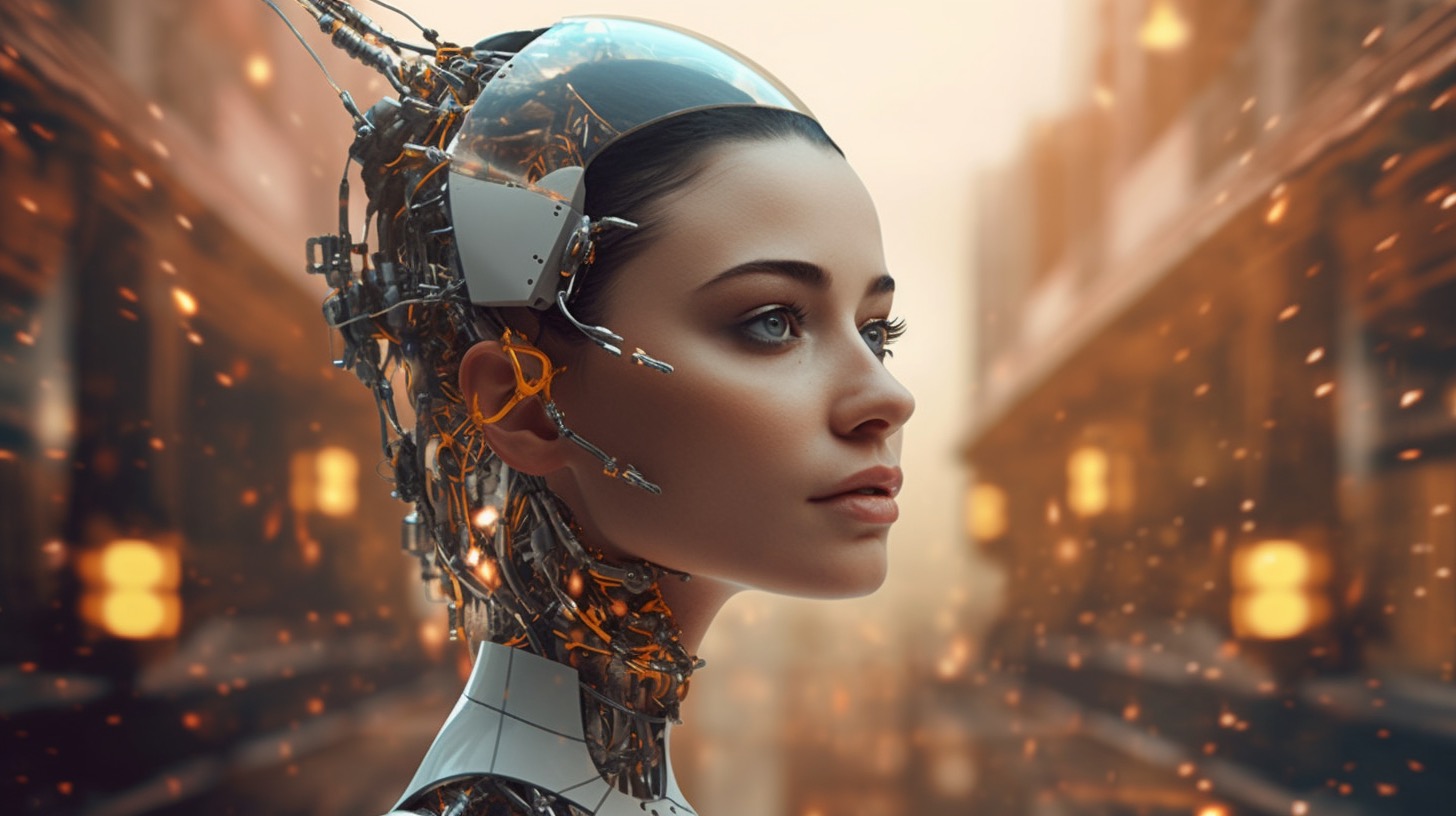Artists and creative professionals are facing a growing dilemma in the era of artificial intelligence (AI). The recent controversies surrounding Wacom and Wizards of the Coast (WotC) have shed light on the use of AI-generated images in advertising campaigns. While these companies have come under scrutiny, the broader question remains: How can creatives and the companies that work with them navigate the flood of AI-generated content?
The digital art community has expressed concern over the use of generative AI, fearing that it could impact job security across various creative professions. Brands like Wacom, which have traditionally been trusted by artists, face a sense of betrayal when AI-generated images are used in their advertising. The competition in the drawing tablet market has also intensified, with rival brands emerging as strong contenders.
WotC, the publisher behind popular games like Magic: The Gathering and Dungeons & Dragons, faced a similar controversy. Despite announcing a ban on AI-generated imagery in its products, the company later acknowledged that a marketing campaign included AI-generated components. The prevalence of generative AI in widely used creative software, such as Adobe Photoshop, has complicated the issue further.
Detecting AI usage in images proves to be a challenge. AI detectors often provide unreliable results, and other methods like metadata analysis have limitations. Additionally, defining AI-generated content is becoming more difficult as AI models evolve, allowing users to make alterations based on prompts.
The uncertainty surrounding AI usage in the creative industry has led to paranoia and anxiety among artists. Trusting artists and brands, or visually examining projects for signs of AI, do not provide foolproof solutions. The situation has given rise to AI “witch hunts” within the creative community, sometimes leading to false accusations that harm human artists.
The controversy has caused some artists to question their involvement in the industry or contemplate leaving their studies. The difficulty of avoiding generative AI entirely, coupled with the fear of inadvertently promoting or being exploited by it, has contributed to the dilemma.
As the use of AI in creative fields continues to grow, it is essential for artists, companies, and industry organizations to address these concerns and establish guidelines to ensure transparency and ethical practices. Balancing the benefits of AI tools with the preservation of human-made art should be the ultimate goal for all stakeholders involved.
The source of the article is from the blog elperiodicodearanjuez.es

